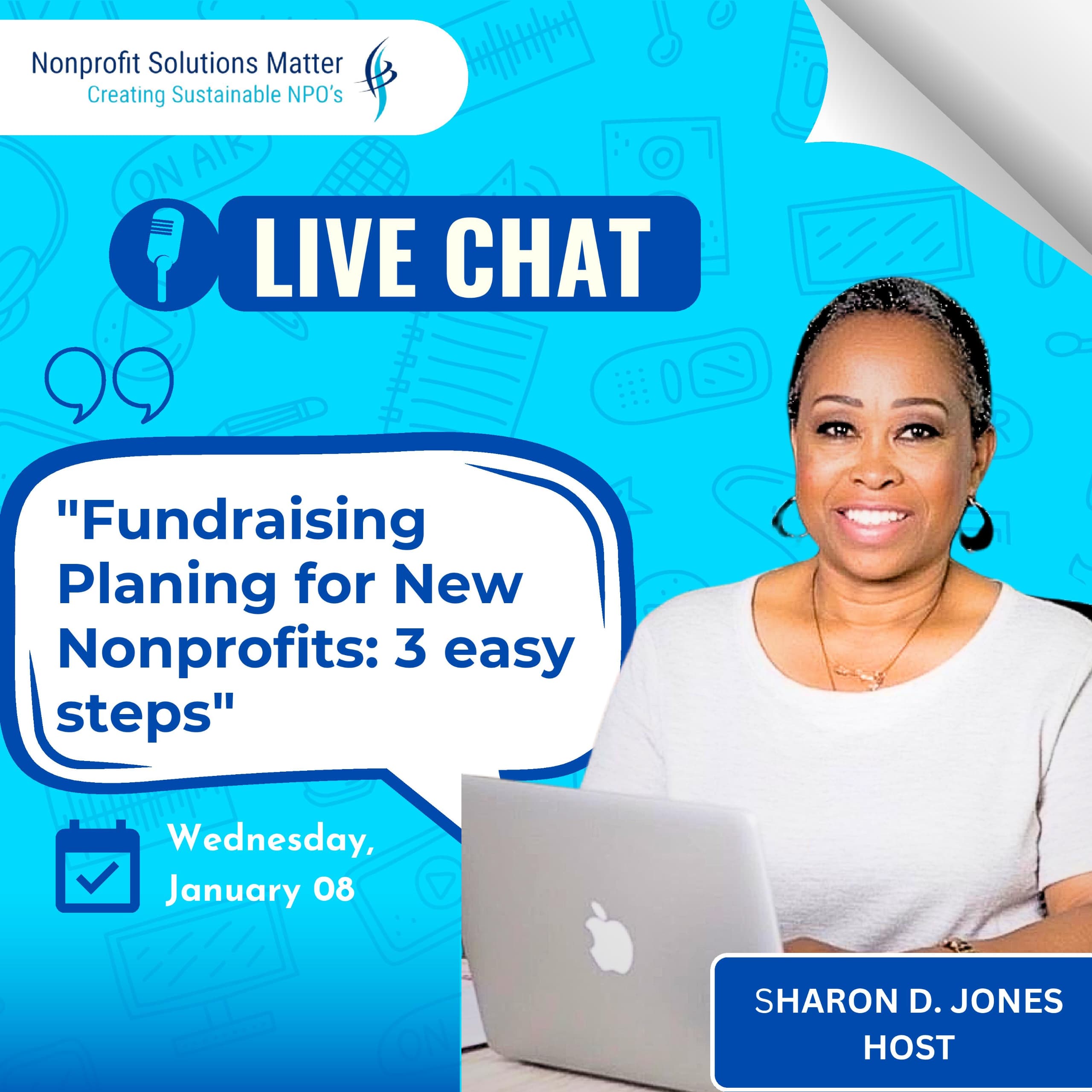Inaugurating Board Development Committees
Today, we're wrapping up our discussion on building board capacity by focusing on the importance of inaugurating board development committees. Throughout our series, we've explored various steps to enhance your board's effectiveness in supporting fundraising and achieving organizational missions.
We began by emphasizing the critical role of board assessments in identifying gaps and evaluating board member contributions. Following this, we discussed strategies for re-engaging and motivating current board members to maximize their impact. Then, we dove into effective recruitment practices to bring new, passionate members on board. Strategic planning was highlighted as a tool to align new and existing board members toward shared goals and organization ownership.
Delegating responsibilities and establishing committees were pivotal in executing strategic plans effectively. Additionally, we explored the importance of onboarding board members with the necessary tools and support, setting clear expectations, and implementing accountability processes. Celebrating board successes was underscored as a critical morale booster and motivation driver.
Today, we focus squarely on board development committees, which serve as the linchpin in sustaining board capacity and organizational success. Unlike other committees focused on operational aspects, the board development committee's primary mission is to nurture and enhance the board.
The Role of Board Development Committees:
1. Gap Assessment: Regularly assessing the board's strengths and areas needing improvement is a fundamental task of the board development committee. This involves ongoing board evaluations and individual board member assessments to determine support needs.
2. Re-engagement and Motivation: The committee is crucial in identifying disengaged board members and devising strategies to re-engage and motivate them effectively. This proactive approach ensures that all board members contribute optimally.
3. Board Recruitment: While the entire board may be involved in recruitment efforts, the board development committee takes the lead in identifying gaps and actively seeking new members who align with the organization's mission and vision.
4. Setting Expectations and Accountability: Establishing clear expectations and robust accountability processes within the board framework is another critical function. This ensures that board members understand and commit to fulfilling their roles and responsibilities.
5. Support and Welfare: Perhaps uniquely, the committee ensures the welfare of board members beyond their organizational roles. This includes providing support during personal challenges and fostering a supportive board environment.
6. Training and Development: Recognizing gaps in board members' skills and knowledge, the committee recommends and facilitates training and professional development opportunities. This ensures continuous growth and competence among board members.
Conclusion
In conclusion, the board development committee integrates and oversees all these critical functions, ensuring your board operates at its peak potential. This committee plays a pivotal role in sustaining organizational success and mission achievement by focusing on board members' welfare, engagement, and professional growth.
Remember, building board capacity is a comprehensive process that begins with assessment, continues through strategic alignment and empowerment, and thrives under the stewardship of a dedicated board development committee. By investing in your board's development, you're investing in your organization's future and impact.
Contact us if you need assistance with fundraising strategies, board organization, or recruiting new members. We support your journey towards a stronger, more effective board.
Thank you for joining me in this series. Stay tuned for our next topic, and until then, stay committed to building a board that drives meaningful change.
Rooney Akpesiri is the VP of Client Services, Solutions Matter LLC























































